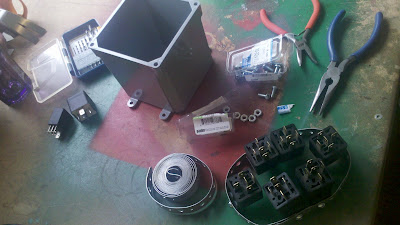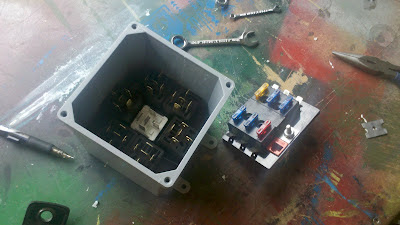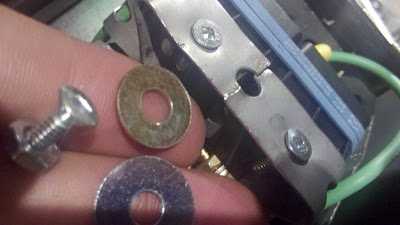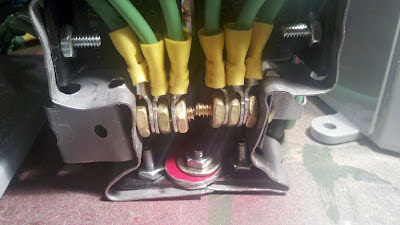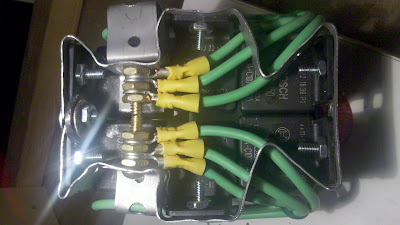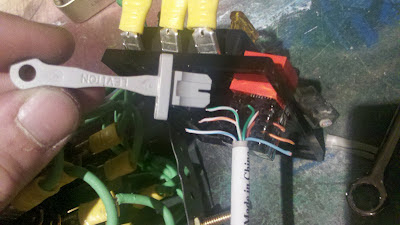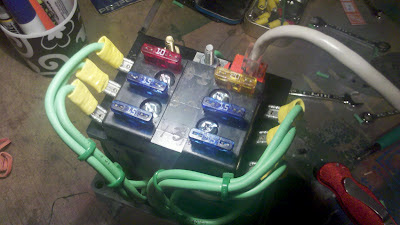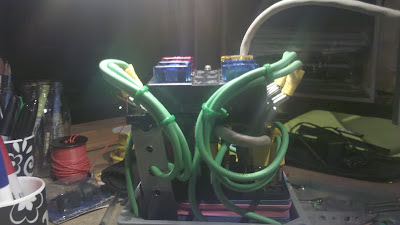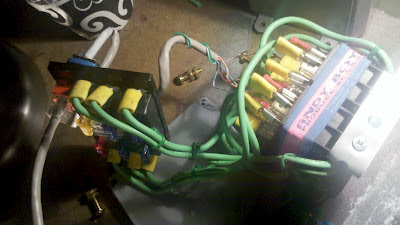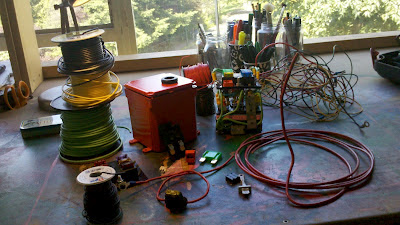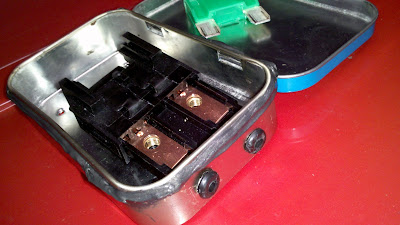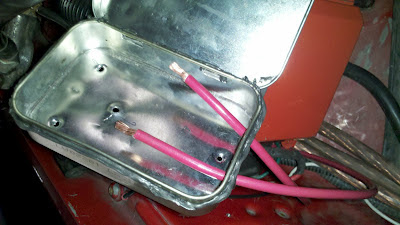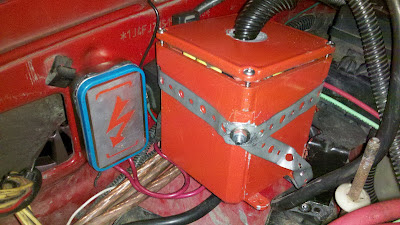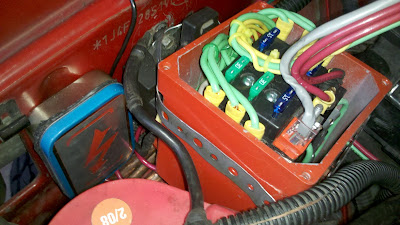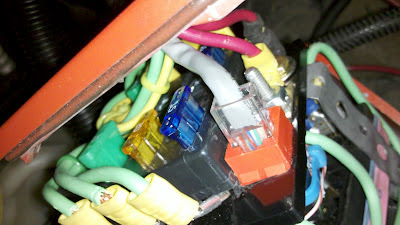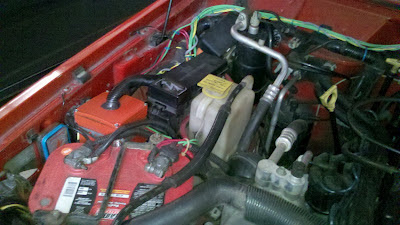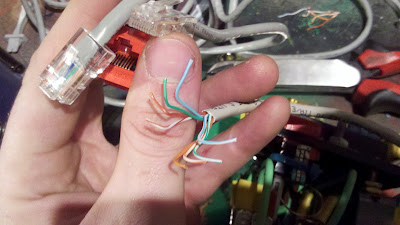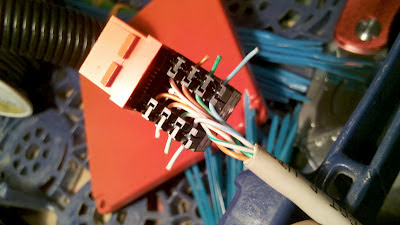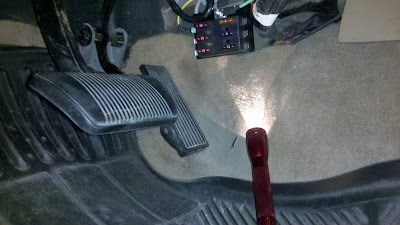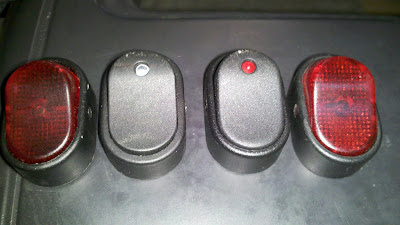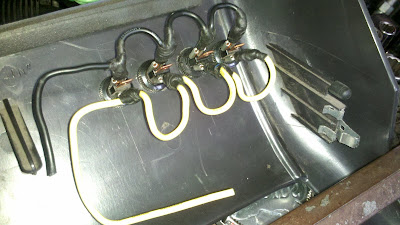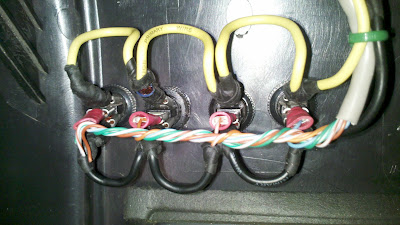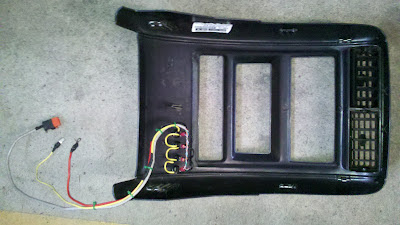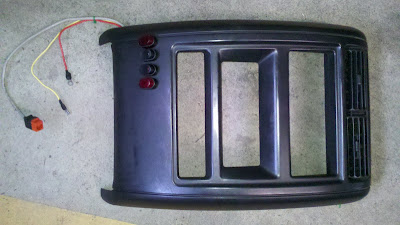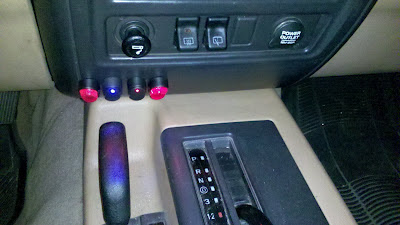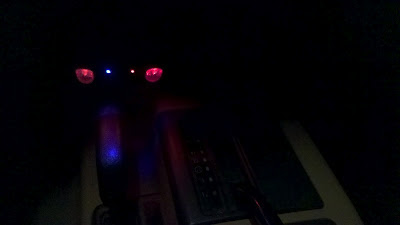- Location
- Vancouver British Columbia
I was inspired by this thread to improve the wiring for various powered accessories I've added to my Jeep over the years (fog lamps, etc).
Switches activate relays in the engine compartment using Cat5 Ethernet cable to save space and keep the larger accessory wires out of the passenger compartment.
I am satisfied with the modular design enabled by the use of Cat5 Ethernet cable.
It will come in handy if I ever need to service a specific part of the assembly, or should I want to move things around in the future.
I had two main goals for my switch and relay box project.
* Compact
* Waterproof
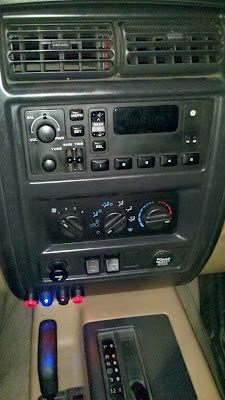
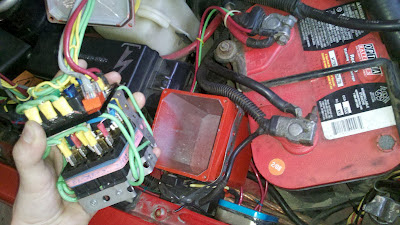
I don't have a lot of electrical experience and would like to improve, so please alert me of any areas which may be a cause for concern!
Switches activate relays in the engine compartment using Cat5 Ethernet cable to save space and keep the larger accessory wires out of the passenger compartment.
I am satisfied with the modular design enabled by the use of Cat5 Ethernet cable.
It will come in handy if I ever need to service a specific part of the assembly, or should I want to move things around in the future.
I had two main goals for my switch and relay box project.
* Compact
* Waterproof


I don't have a lot of electrical experience and would like to improve, so please alert me of any areas which may be a cause for concern!
Last edited:


